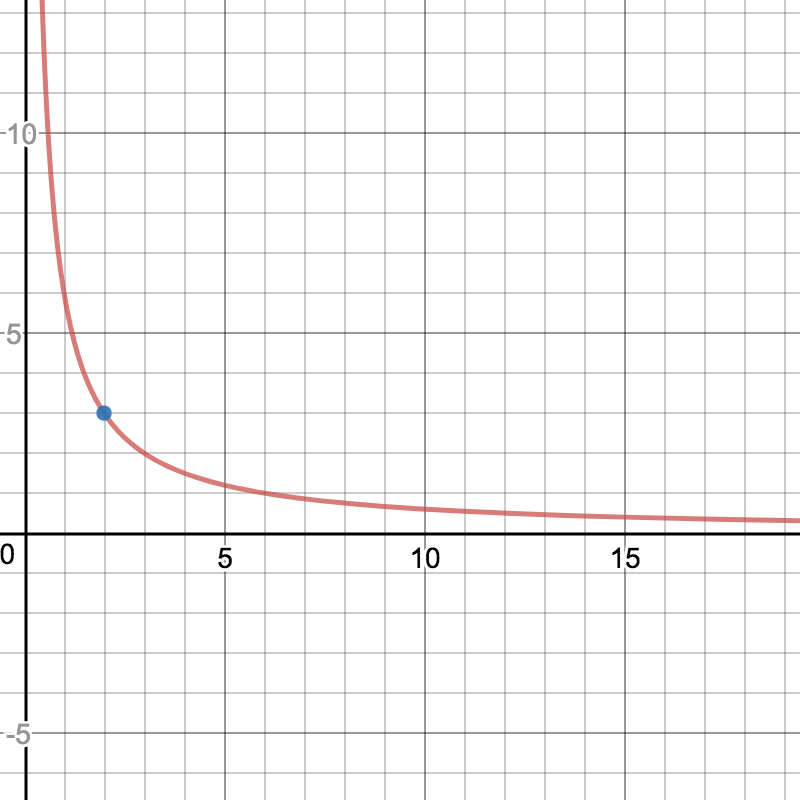- 1.
- Understand the definition of the gradient and how to compute it.
- 2.
- Know the properties of the gradient.
- 3.
- Understand what a directional derivative is geometrically, and also how to compute it algebraically.
- 4.
- Understand how the formula for the directional derivative follows from the chain rule.
- 5.
- Be able to find the tangent plane to a surface defined either implicitly or explicitly.
Recap Video
You can watch watch the following video which recaps the ideas of the section.
_
Test your understanding with the following questions.
If is a nonzero vector, is a continuous function, and is a point which of the
following is equal to the directional derivative ? Select all that apply.
Examples
Below is a video showing an example of computing a tangent plane.
Formula and Properties Recap
- Given a function , the gradient of , denoted is the vector (In three dimensions, just add a -component).
- Given a function , a point , and a nonzero vector , the directional derivative of at in the direction of , denoted , is (Similar in 3D.)
- 1.
- The gradient of at a point , namely , is perpendicular to the level curve of the surface which passes through .
- 2.
- The gradient gives the direction of the maximum rate of increase of the function at the point .
- 3.
- The magnitude of the gradient is the maximum rate of increase of the function at the point .
- The tangent plane to a surface at the point has normal vector .
- The tangent plane to a surface given implicitly as at a point , where is a number, has normal vector .
Problems
Consider the function and the point .
- The gradient of at is .
- The rate of change of at in the direction of is .
- Is increasing or decreasing at in the direction of ? Increasing Decreasing
- The maximum possible value of (among all possible vectors ) is .
- Is there a vector such that ? Yes No
Consider the function , and let be the point .
- The gradient of at is .
- The level curve of which goes through the point is the one occurring at .
- Sketch both the level curve and the gradient vector at . The answer is in the hint.
- A vector which is tangent to the level curve through is: .
- The maximum rate of increase of the function at the point is: .
- The direction of the maximum rate of increase of the function at the point is (as a unit vector): .
You are standing on the hill whose height at any point is given by . Your
projection onto the -plane is .
- You are currently at height: .
- If you walk in the direction of the point , is your height increasing or
decreasing? Increasing Decreasing
- The direction (as a unit vector) you should start walking in to descend the hill quickest is .
- Is there any direction you can walk in so that you walk down the hill at
a rate of ? Yes No
Find the tangent plane to the surface at the point :
There are two ways to
approach this problem.
- Approach 1: Let . Then the tangent plane has normal vector . Computing the partials, we get a normal vector of We now have a point and a normal vector, so we can say that the tangent plane has equation (in the form ):
- Approach 2: Move the over to get . Now treat this as an expression of the form . In this case, . and . We know the tangent plane has normal vector (Notice this is the same normal vector as in approach 1!) Therefore, the equation of the plane in the form is
